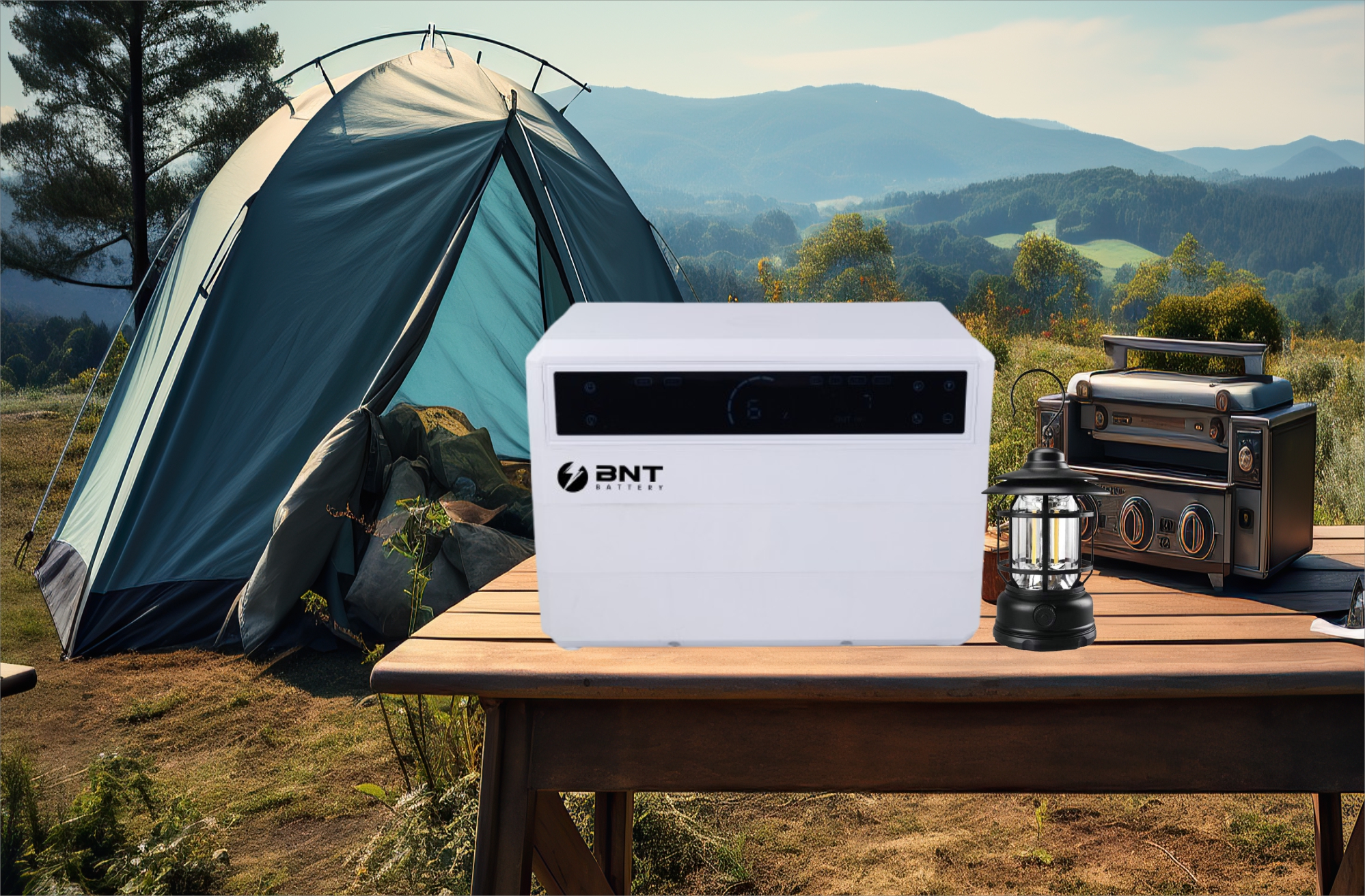The shift from Nickel Manganese Cobalt (NMC) to Lithium Iron Phosphate (LFP) batteries in portable power stations is driven by several key advantages of LFP chemistry.
Here’s why more brands are making the switch:
1. Safety & Thermal Stability
LFP is inherently safer due to its stable olivine structure, which resists thermal runaway (a major risk with NMC).
NMC battery is more prone to overheating and combustion under stress (overcharging, punctures, high temps).
2. Longer Cycle Life
LFP typically lasts 3,000–5,000 cycles (vs. NMC’s 1,000–2,000 cycles) before significant degradation.
Better for long-term use, reducing replacement costs.
3. Cost Efficiency Over Time
While NMC has higher energy density (better for compact devices), LFP’s longer lifespan offsets its initial cost.
Falling LFP production costs (due to no cobalt/nickel) make it more economical.
4. Environmental & Ethical Benefits
LFP avoids controversial cobalt/nickel mining (linked to ethical concerns).
Easier to recycle and less toxic.
5. Wider Operating Temperatures
LFP performs better in extreme heat/cold compared to NMC.
Trade-offs:
Lower Energy Density: LFP takes up more space for the same capacity (less critical in larger portable power stations).
Heavier Weight: Due to lower energy density, but acceptable for stationary/semi-portable use.
LFP (LiFePO₄) VS NMC (LiNiMnCoO₂) batteries for portable power stations:
|
Feature |
LFP (Lithium Iron Phosphate) |
NMC (Nickel Manganese Cobalt) |
|
Safety |
Excellent thermal stability, no thermal runaway |
Prone to overheating/combustion if abused |
|
Cycle Life |
3,000–5,000+ cycles (80% capacity) |
1,000–2,000 cycles (80% capacity) |
|
Energy Density |
Lower (~90–160 Wh/kg) bulkier/heavier |
Higher (~150–250 Wh/kg) more compact |
|
Cost |
Cheaper long-term (lower material costs) |
Expensive (cobalt/nickel price volatility) |
|
Lifespan |
Lasts 2–3x longer than NMC |
Degrades faster under high stress |
|
Temperature Tolerance |
Better performance in extreme heat/cold |
More sensitive to temperature swings |
|
Environmental Impact |
No cobalt/nickel, easier to recycle |
Ethical concerns (cobalt mining) |
|
Charging Speed |
Moderate (slower than NMC in some cases) |
Faster charging (higher C-rates possible) |
|
Common Applications |
Portable power stations, solar storage, EVs |
High-performance EVs, drones, compact devices |
Why the Shift Now?
Improved LFP energy density (new cell designs).
Rising NMC material costs (nickel/cobalt volatility).
Consumer demand for safer, longer-lasting power solutions.
For portable power stations where safety, longevity, and cost matter more than compact size, LFP is becoming the preferred choice. More and more brands are increasingly adopting LFP for their mid-to-large power stations, while reserving NMC for ultra-lightweight models.
Post time: Jun-02-2025

